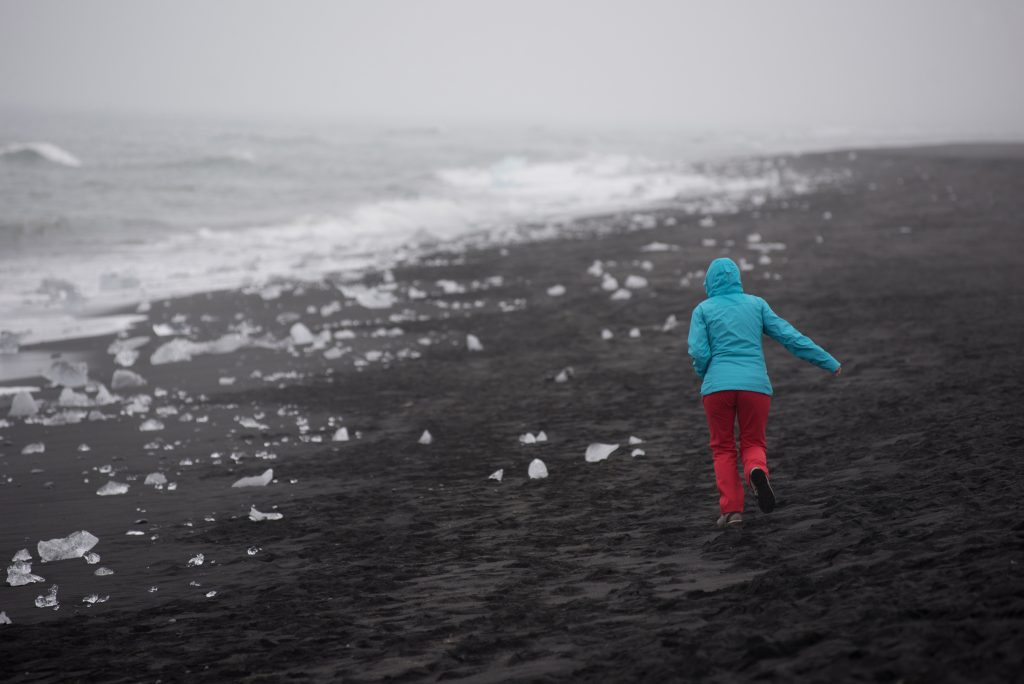Have you ever considered that approximately 30% of people globally experience some level of fear or discomfort when confronted with the vastness of the ocean? This fear, known as thalassophobia, can manifest in various ways and impact individuals differently. Understanding the roots of this phobia and its effects on daily life is crucial for those who grapple with it. So, what are the underlying reasons for this fear, and how can it be managed effectively? Let’s explore the depths of thalassophobia and uncover strategies to navigate these turbulent waters together.
Definition of Thalassophobia
Thalassophobia, an anxiety disorder characterized by an excessive fear of large, deep, dark bodies of water, is derived from the Greek words thalassa and phobos. Fear manifestation in thalassophobia often presents as trembling hands and body, sweating, dry mouth, shortness of breath, chest pain, and an intense fear of death. Cultural implications of thalassophobia vary, with some societies viewing the sea as a place of mystery and danger, influencing the development of this fear. From an evolutionary perspective, thalassophobia may have roots in the primal fear of the unknown and vastness of the seas, which could have served as protective mechanisms for early humans. Coping mechanisms for thalassophobia include cognitive behavioral therapy, developing new coping strategies, and systematic exposure methods to desensitize individuals to their fears. Research insights continue to shed light on the biological and psychological underpinnings of thalassophobia, aiding in the development of more targeted treatment approaches.
Prevalence and Onset
The prevalence and onset of thalassophobia are significant factors to consider when understanding this anxiety disorder. Thalassophobia affects approximately 5 to 10 percent of people in the US, indicating a notable portion of the population experiences this fear of the ocean. Prevalence data suggests that cultural factors may influence the development of thalassophobia, with varying degrees of fear observed in different societies. Age distribution plays a role in the onset of this phobia, as it can peak in childhood or adulthood, impacting individuals at different stages of life. Gender differences in the prevalence of thalassophobia have not been extensively studied but could be a potential area for further research. The fear of the ocean can have a significant impact on daily life, affecting individuals’ ability to engage in activities involving water bodies or the sea, potentially leading to avoidance behaviors and heightened anxiety levels. Understanding these aspects of thalassophobia is crucial for developing effective strategies to address this specific phobia.
Symptoms and Complications
Symptoms and complications of the fear of the ocean manifest in various physiological and psychological responses when faced with water-related situations. Individuals experiencing thalassophobia may encounter trembling hands and body, sweating, dry mouth, shortness of breath, chest pain, and pressure. These symptoms often coincide with intense fear, anxiety, and a profound fear of death. The fear triggers can be diverse, ranging from the vastness of the sea to the uncertainty it represents. Such triggers can lead to severe psychological impacts, potentially resulting in panic attacks. To manage these symptoms effectively, individuals can employ coping mechanisms such as breathing exercises, mindfulness techniques, distraction methods, and self-compassion practices. Seeking professional help for anxiety management and utilizing support systems are crucial in navigating through the complications of thalassophobia.
| Anxiety Management | Coping Mechanisms |
|---|---|
| Breathing exercises | Mindfulness techniques |
| Professional help | Distraction methods |
| Support systems | Self-compassion practices |
Causes and Diagnosis
Causes of thalassophobia can be attributed to a variety of factors, including traumatic events, negative early experiences with water, influence of media coverage, unexpected panic attacks, and the development occurring in early childhood or adulthood.
- Genetic Predisposition: Some individuals may have an inherent genetic predisposition towards developing phobias, including thalassophobia.
- Environmental Factors: Negative early experiences with water or exposure to traumatic events related to the sea can significantly contribute to the development of thalassophobia.
- Phobia Development: The fear of the unknown, coupled with the primal fear of the vastness of the sea, can play a crucial role in the onset of thalassophobia.
- Traumatic Experiences: Direct encounters such as drowning incidents or witnessing sea disasters can lead to the development of an intense fear of the ocean.
When diagnosing thalassophobia, healthcare professionals typically follow specific criteria, such as those outlined in the DSM-5:
- Significant anxiety related to the ocean or sea-related situations.
- Immediate anxiety response when facing triggers.
- Active avoidance of situations involving the ocean.
- Anxiety levels disproportionate to the actual threat.
- Presence of symptoms persisting for at least six months.
Treatment Options Available
When addressing thalassophobia, treatment options encompass a range of therapeutic interventions tailored to alleviate symptoms and enhance coping mechanisms. Cognitive behavioral therapy (CBT) has shown effectiveness in treating thalassophobia by addressing negative thought patterns and behaviors associated with the fear of the ocean. Additionally, cognitive processing therapy aims to reframe traumatic experiences related to water, reducing the impact of past events on current fears. Exposure therapy, including in vivo, imaginal, and virtual reality techniques, helps individuals confront their fears gradually and learn to manage anxiety triggers in ocean-related situations.
For severe cases, medication options such as selective serotonin reuptake inhibitors (SSRIs) may be prescribed to alleviate symptoms of anxiety and panic associated with thalassophobia. Lifestyle changes, including regular exercise, a balanced diet, wellness routines, and adequate sleep, can complement therapy and medication to support overall mental well-being. It is essential to address avoidance behaviors that reinforce fear and seek healthier coping mechanisms to overcome the challenges posed by thalassophobia.
Coping Strategies for Thalassophobia
To effectively manage thalassophobia, individuals can employ various coping strategies to address their fear of the ocean. These strategies can help you gradually confront and overcome your fear in a structured manner:
- Relaxation Techniques: Practice deep breathing exercises, progressive muscle relaxation, or visualization techniques to calm your mind and body when faced with anxiety-provoking situations.
- Exposure Therapy: Gradually expose yourself to the ocean or water-related environments under the guidance of a mental health professional to desensitize yourself to the fear triggers.
- Support Groups: Joining support groups or online communities can provide you with a sense of belonging, understanding, and valuable coping strategies shared by others facing similar challenges.
- Self-Care Practices: Engage in activities that promote self-care and well-being, such as regular exercise, healthy eating, sufficient sleep, and relaxation practices like meditation or yoga.
Signs and Symptoms to Watch For
To identify thalassophobia, watch for specific signs and symptoms that indicate a fear of the ocean may be present. Fear triggers associated with thalassophobia include a dread of the vastness or emptiness of the ocean and a fear of sea creatures. Anxiety indicators may manifest as heightened anxiety when near bodies of water, leading to physical symptoms like sweating and rapid breathing. Panic signs could include lightheadedness and trembling, especially in situations involving the ocean. Physical reactions such as sweating, trembling, and rapid breathing are common when confronted with ocean-related stimuli. Emotional responses may include intense fear, dread, and a sense of impending doom when thinking about or being near the ocean. Recognizing these signs and symptoms can aid in identifying thalassophobia and seeking appropriate support and treatment to address the fear of the ocean.

